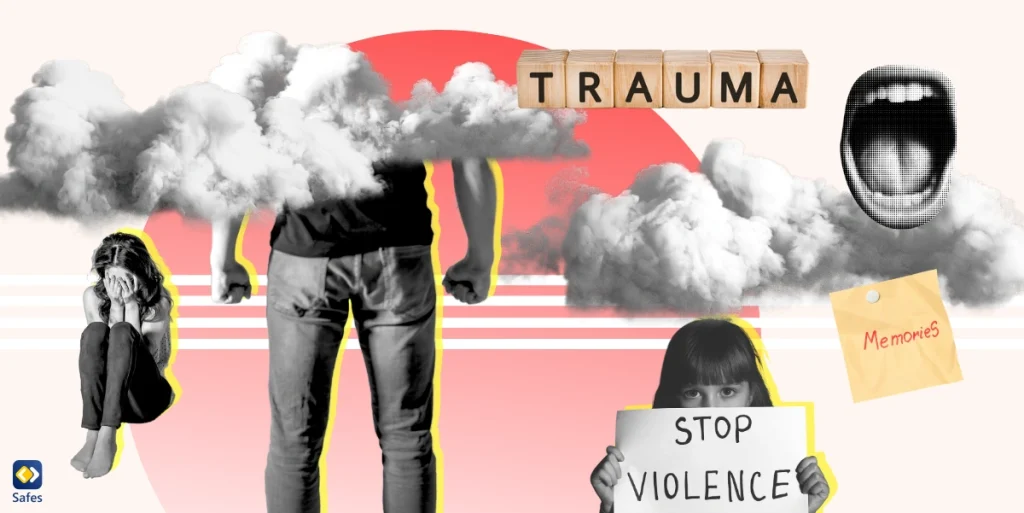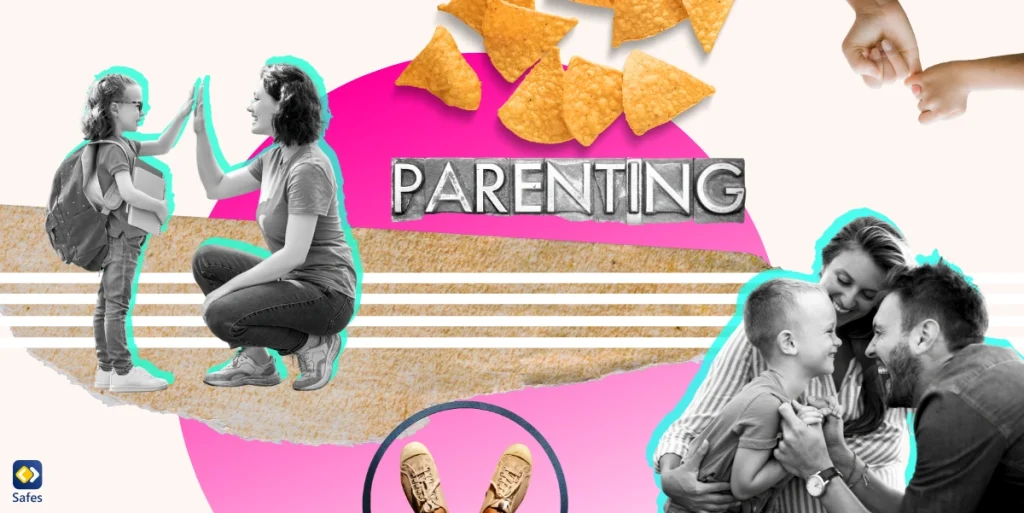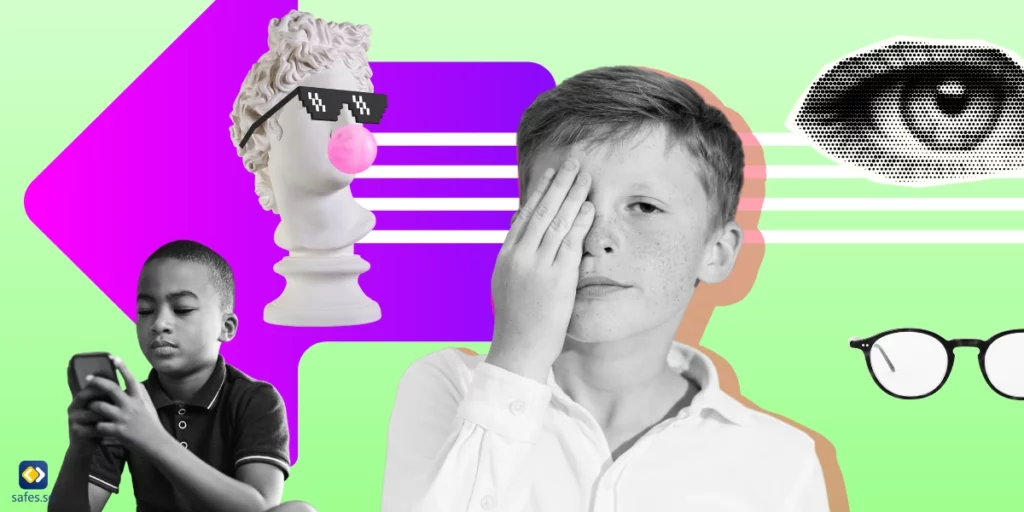Even if we always imagine childhood as a carefree and happy time, many children experience trauma during this period. Parents and caregivers need to understand the examples of childhood trauma to create a nurturing and healing environment. This guide goes into the various forms of childhood trauma, their long-lasting impacts, and effective strategies for support and healing.
Download and Start Your Free Trial of the Safes Parental Control App
Understanding and Identifying Childhood Trauma
Trauma in children can occur as a result of experiences that threaten their feeling of safety and security, resulting in traumatic stress. This stress can present itself in a variety of ways depending on the child’s age and the nature of the traumatic experiences.
What Are the 4 Types of Childhood Trauma?
In asking this question, we delve into the main categories: physical abuse, emotional abuse, neglect, and domestic violence. Each category has a different impact on a child’s development. While physical abuse involves harming a child, emotional abuse damages a child’s self-esteem and psychological well-being. Neglect, whether emotional or physical, deprives a child of vital needs and care. Seeing evidence of domestic violence exposes children to fear and instability, which greatly affects their sense of security. These experiences are among the most common causes of childhood trauma and have a profound effect on a child’s mental and emotional health.
Spotting the Silent Signals
Recognizing signs of emotional trauma in a child is vital. The National Child Traumatic Stress Network (NCTSN) highlights that these signs can be subtle or overt, and they range from behavioral changes to physical symptoms. A child experiencing trauma might display anxiety, depression, or behavioral issues. They may face difficulties in relationships or show regression in skills they previously learned. Physical signs of childhood trauma include pain, nightmares, and changes in food and sleeping patterns. In more extreme circumstances, some children may use self-harm as a coping method to express their inner turmoil and desire for assistance. Furthermore, health problems are frequently a physical manifestation of underlying emotional trauma and mental health concerns.
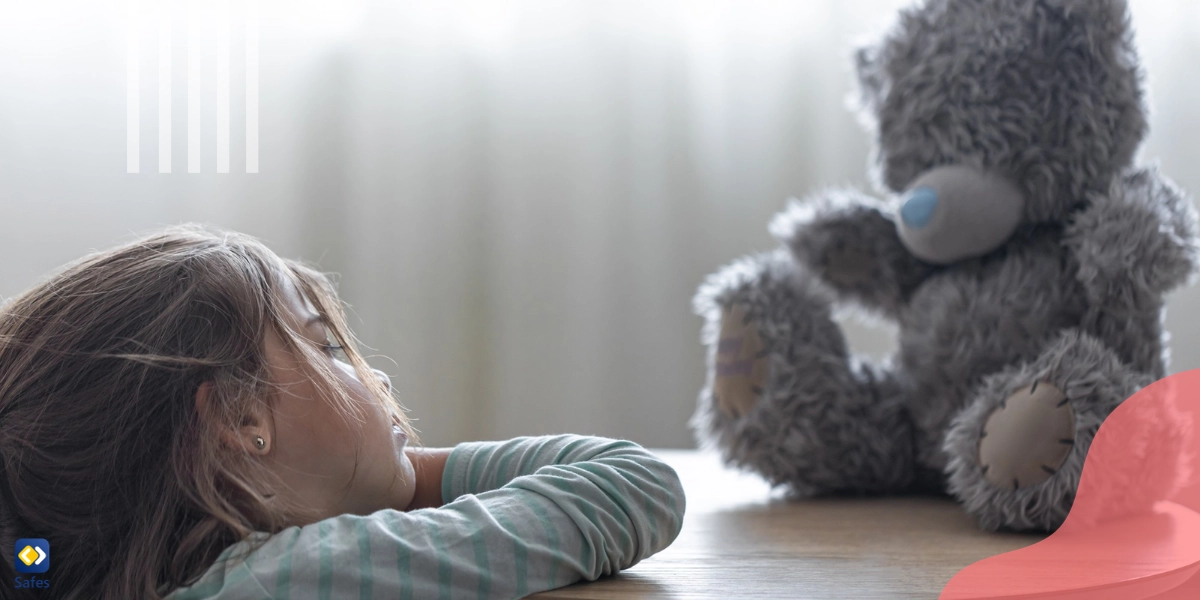
Navigating the Aftermath
As a parent, you must grasp the effects of childhood trauma on adulthood. Panic attacks in children, for example, might be caused by unresolved trauma, such as sexual abuse. These are tremendous, overpowering events that demand your tolerance and understanding.
To effectively support your child, parents should learn how to deal with childhood trauma. This involves recognizing the signs, such as sudden mood changes, withdrawal from fun activities, or unexplained physical symptoms. The solution is always about providing a stable, supportive environment where your child feels safe to express their emotions and experiences.
Stories of Childhood Trauma
In order to understand different manifestations of childhood trauma symptoms, it’s better to study some of the real-life examples. Consider Alex, a 10-year-old who witnessed community violence. Alex’s trauma manifested in aggression and difficulty trusting adults, showing how trauma can significantly alter a child’s behavior and worldview.
Another case is Emma, who experienced bullying at school. As an adult, Emma faces challenges with social anxiety and self-esteem, illustrating how examples of childhood trauma in adults can linger and impact their lives long-term. These stories underscore the importance of early intervention and support to mitigate the long-term effects of trauma, which can be emotionally painful.
Trauma-Informed Education
Trauma also affects a child’s school experience. It can create problems with focus and social relationships, as well as conditions triggered by childhood trauma, such as PTSD or anxiety disorders. Educators may help traumatized children by providing a trauma-informed atmosphere in the classroom where they feel secure and understood. Furthermore, schools may incorporate initiatives such as regular interactions with children, teaching staff to spot indications of trauma, and providing counseling and support services.
The Journey to Resilience
Even though there are numerous stories of families dealing with childhood trauma, there are also several success stories. These narratives are not just about the struggles but also about the triumphs and the role of a supportive environment in fostering resilience. A child who experienced severe neglect can find a new beginning with a nurturing foster family, gradually learning to trust and form healthy relationships. These stories highlight the importance of a supportive network, be it family, friends, therapists, or educators, in helping individuals learn how to deal with trauma from childhood.
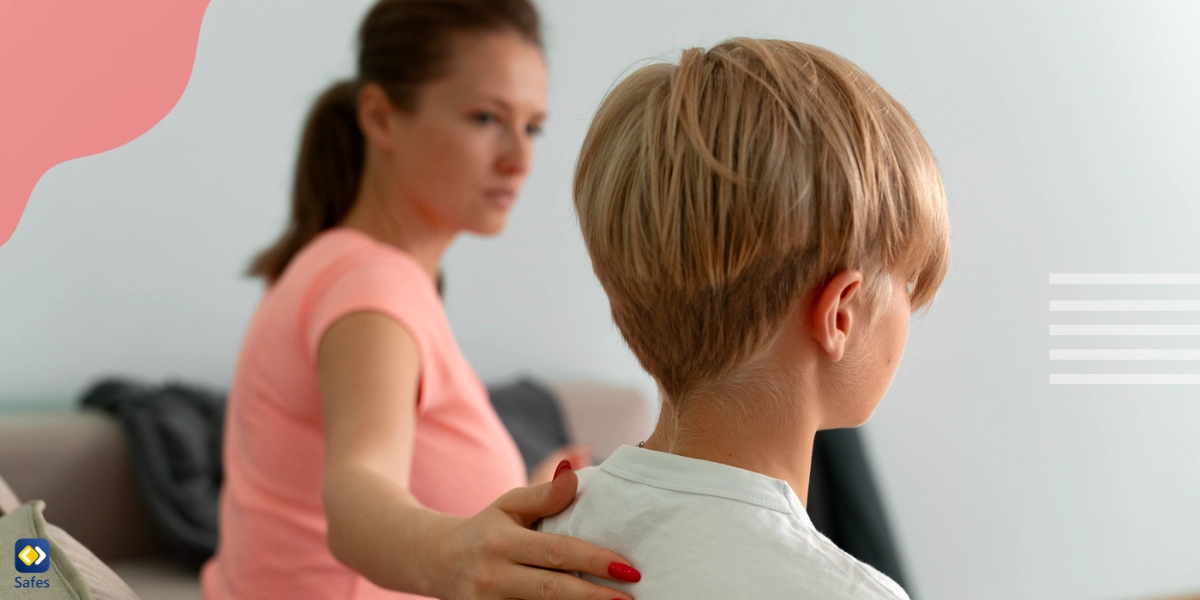
The Role of Parents and Professional Help
It is the obligation of parents to comprehend the subtleties of this complex problem. It’s about establishing a balance between being a pillar of support and understanding when to seek professional help, so your child doesn’t grow up wondering how to deal with childhood trauma in adulthood, including the effects of substance misuse.
Nurturing Healing at Home
Parents are often the first line of defense in a child’s healing process from trauma. Here are some ways to help your children in the face of trauma:
- Open Communication: Encourage your child to express their feelings. Listen actively and validate their emotions. This creates a safe space for them to open up.
- Routine and Stability: Children thrive on predictability. Establish a consistent routine that provides a sense of security.
- Educate Yourself: Understand the symptoms of childhood trauma in adulthood. This knowledge helps in recognizing signs and responding appropriately.
- Child Play Therapy: Engage in child play therapy. It’s a powerful tool that allows children to express their emotions and experiences through play, a natural medium of communication for them.
- Patience and Love: Show unconditional love and patience. Your support can make a significant difference in how they deal with childhood trauma in adulthood.
Professional Guidance
There are times when professional intervention is necessary. Here’s how you can approach this:
- Recognize the Signs: Be aware of the effects of childhood trauma in adulthood. If you notice persistent or worsening symptoms, it might be time to seek professional help.
- Finding the Right Help: Look for therapists or counselors who specialize in childhood trauma. They are equipped with the tools and techniques to help your child navigate their emotions healthily.
- Support Groups: Consider joining support groups. They offer a sense of community and understanding, both for you and your child.
- Be an Active Participant: If your child is undergoing therapy, be involved in the process. Understand the therapy goals and how you can support them at home.
- Normalize Therapy: Make sure your child understands that seeking help is a sign of strength, not weakness. Normalize the conversation around mental health in your household.

Keep Your Child Safe Online with Safes
As parents, safeguarding our children’s mental and emotional health is paramount, especially in today’s digital age. Safes Parental Control app is your ally in this mission, offering comprehensive tools to monitor and manage your child’s online activities effectively. With Safes, you can:
- Monitor Screen Time: Set healthy boundaries for digital usage and ensure your child has a balanced online and offline life.
- Secure Social Platforms: Keep an eye on your child’s social media interactions to protect them from potential online trauma.
- Filter Web Content: Shield your child from harmful online content that could trigger or exacerbate trauma.
- Track Location: Stay connected with your child’s whereabouts for added safety and peace of mind.
- Receive Regular Reports: Understand your child’s digital habits to spot any concerning patterns early.
You can download Safes on iOS and Android. Sign up for a free trial with Safes to access tools and support for helping children heal from traumatic experiences.
Concluding Thoughts
Confronting childhood trauma requires a compassionate and proactive approach from parents and caregivers. It’s essential to recognize the signs of trauma and create a supportive environment for healing. This journey involves patience, understanding, and sometimes professional help. By fostering open communication, providing stability, and actively participating in therapeutic processes, we can guide our children towards resilience and recovery. Ultimately, our role is to be a pillar of support, helping our children navigate their experiences and build a hopeful, resilient future.
Your Child’s Online Safety Starts Here
Every parent today needs a solution to manage screen time and keep their child safe online.
Without the right tools, digital risks and excessive screen time can impact children's well-being. Safes helps parents set healthy boundaries, monitor activity, and protect kids from online dangers—all with an easy-to-use app.
Take control of your child’s digital world. Learn more about Safes or download the app to start your free trial today!
